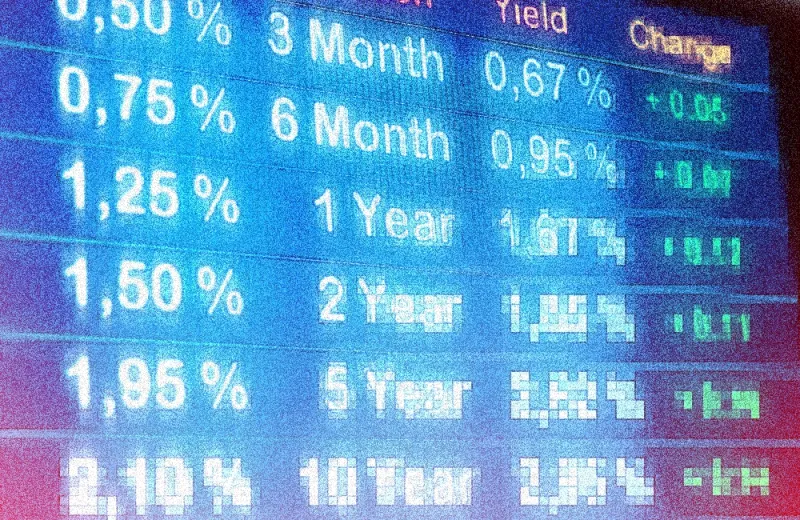The high starting yield in 2023 could be setting the stage for a bond market comeback.
Over the last four and half decades, years that feature higher yields early on often produce higher returns by the end of the year, according to Nuveen’s latest fixed-income report. And after consecutive rate hikes last year, the bond yield in early 2023 is now at its highest level since the global financial crisis.
“Years with the lowest starting yield had negative returns, while years starting with the highest yields more often had positive returns,” the report concluded. For example, in January 2013, the yield stood at a low 1.7 percent; by the end of the year, the bond market had lost 2 percent.
Conversely, in 1982, when the starting yield was 14.6 percent, the bond market gained 32.6 percent over the following 12 months. This year, the Bloomberg U.S. Aggregate Bond Index showed a yield of 4.7 percent in early January, the highest starting level of any year since 2007.
For some bond sectors, yields even reached into high single digits at the beginning of 2023. These include preferred securities (7.5 percent), emerging markets debt (7.5 percent), and high-yield corporate bonds (9 percent). The yield for senior loans topped 10.8 percent, according to the Nuveen report.
“The fact that we now have a complete reset in the yield opportunity set really makes this asset class a lot more attractive than we’ve seen it for a very long time,” Anders Persson, global fixed-income CIO at Nuveen, told II in an interview. He added that bond investments generate most of their returns from income rather than capital appreciation. For this reason, the starting yield is a very important indication of future returns.
Besides the high starting yield, a slowdown in rate hikes could also serve as a tailwind in the bond market. Last year, the Fed raised interest rates aggressively to curb surging inflation, but with recession fears growing, it has indicated that it plans to move more gradually in 2023. According to Nuveen, the 10-year Treasury yield is expected to fall 25 basis points by the end of 2023, and because bond prices move in the opposite direction of yields, the firm says that this drop could create “potential price return opportunities.”
“We believe the anticipated rate decline, along with the higher starting yield, creates an attractive outlook for bonds this year,” the report said.
But despite the fact that the bond market appears to be in a much more promising position than it was last year, the uncertain macroeconomic outlook should still be a concern for bond investors. According to Nuveen, the credit spread, which is an indication of credit risk, is expected to widen in 2023 as investors anticipate slower growth in jobs and earnings. For this reason, Nuveen suggests investing in high-quality bonds and multisector portfolios.
“We are really stressing diversification, first and foremost,” Persson said. “We still have an uncertain outlook from the economic perspective…The biggest concern is that the Fed over-tightens and becomes a little bit too aggressive on the rate hikes. If that [happens], the economy [will slip] into a more severe recession than our base case today.”







